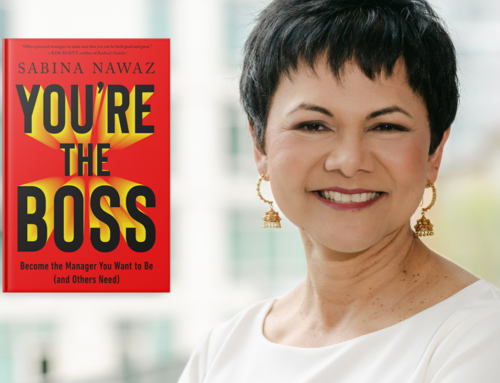The stats differ on how long a CEO can expect to occupy that spacious corner suite before being retired or moved along to the Board or whatever is going to happen to him or her. I saw one recent study that put it at less than 5 years. Another, by Korn Ferry, is more generous – less than 7 years. A PwC study, while citing the 5-year reign as a median, noted that just under 20 percent of the CEOs of the largest 2500 companies last 10 years or more.
So perhaps we can agree that the job is getting tougher, or the cycle time faster, or Boards are getting more impatient, or something along those lines. Yet some CEOs last a good deal longer than average.
What makes the difference? While there have been millions of words put out there covering a myriad theories for the successes or failures of CEOs, I’m going to suggest one characteristic that has become more important as the average tenure has gone down and the job has gotten tougher: personal branding.
It’s still relatively rare for a CEO to think systematically about his or her personal branding. Reasons range from reluctance to focus on other things (like growth or innovation or something obviously important) to the fear of appearing too eager for self-aggrandizement.
Most organizations allow for the idea that putting their CEO out on the hustings is good for business. But within that basic awareness is a huge range of possible effort and activity. In my experience, most CEOs fall short of what they should be doing.
Here’s what a basic program should look like. First, the team around the CEO needs to get clear on how much daylight to establish between the CEO brand and the company brand. Charismatic founders need one kind of relationship; current leaders of a long-lived brand need another.
Second, the purpose of the CEO’s effort needs to be established. Is she raising her profile in order to attract great employees in sufficient numbers to maintain needed growth? Or is he a moral leader in an industry that needs some direction and leadership? Many purposes are possible. What’s the optimal one for your particular chief?
Third, what’s the persona that the CEO needs to establish in order to successfully carry out the purpose? While we crave authenticity from our leaders, and that represents a shift in expectations from 30 years ago, we don’t want TMI, either. We want to know just enough that we can grok the CEO, trust her, and know what her place is in the scheme of things.
Finally, what tactics are the CEO and team are going to employ to get him or her out there realizing the vision you’ve established? Speeches, books, appearances on podcasts, TV, and radio, industry work, charity service, presidential advisory commissions – the opportunities are legion. She can’t do it all; smart choices are essential. Over and over again I see companies responding reactively to requests for the CEO to give a speech or appear on a podcast or TV, rather than having a pro-active program.
The goal is to create a public persona that will complement the organization’s and bring public awareness to the company and the industry. Done right, a program of public activities will boost both, enabling recruiting, growth, innovation, and a long list of other good things.
Don’t waste this important asset; send your CEO out on the road.









Leave A Comment